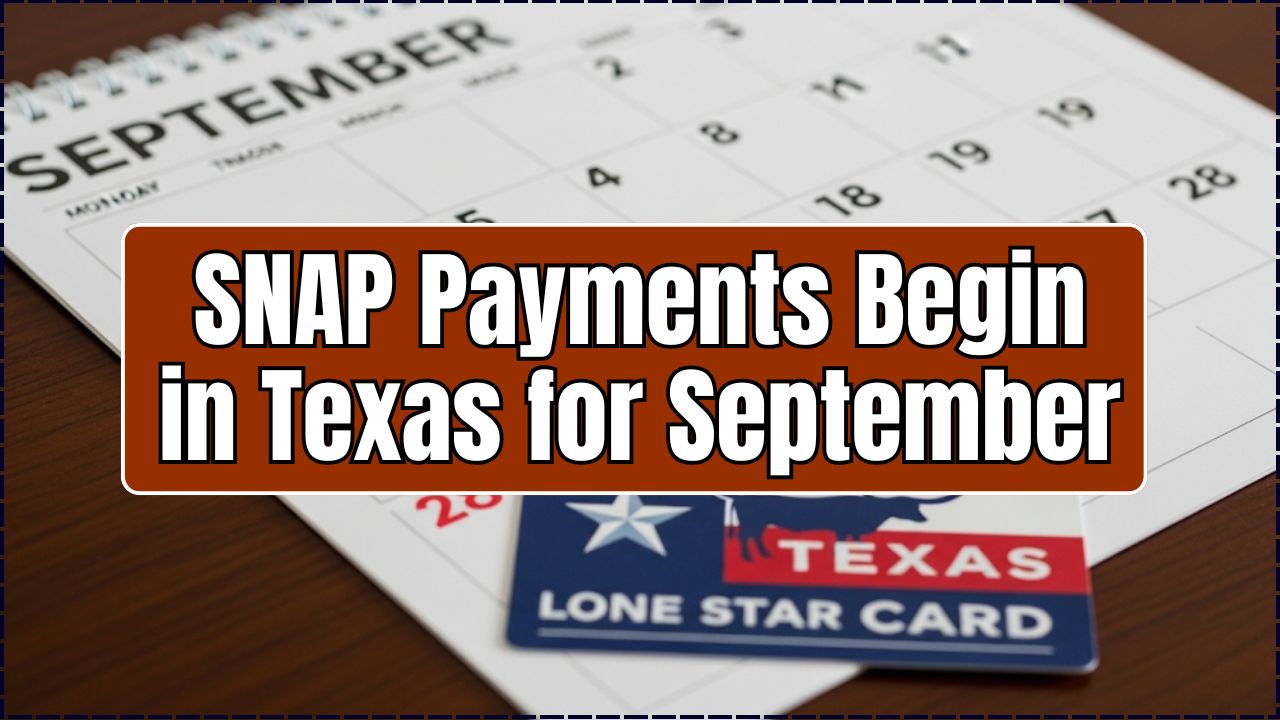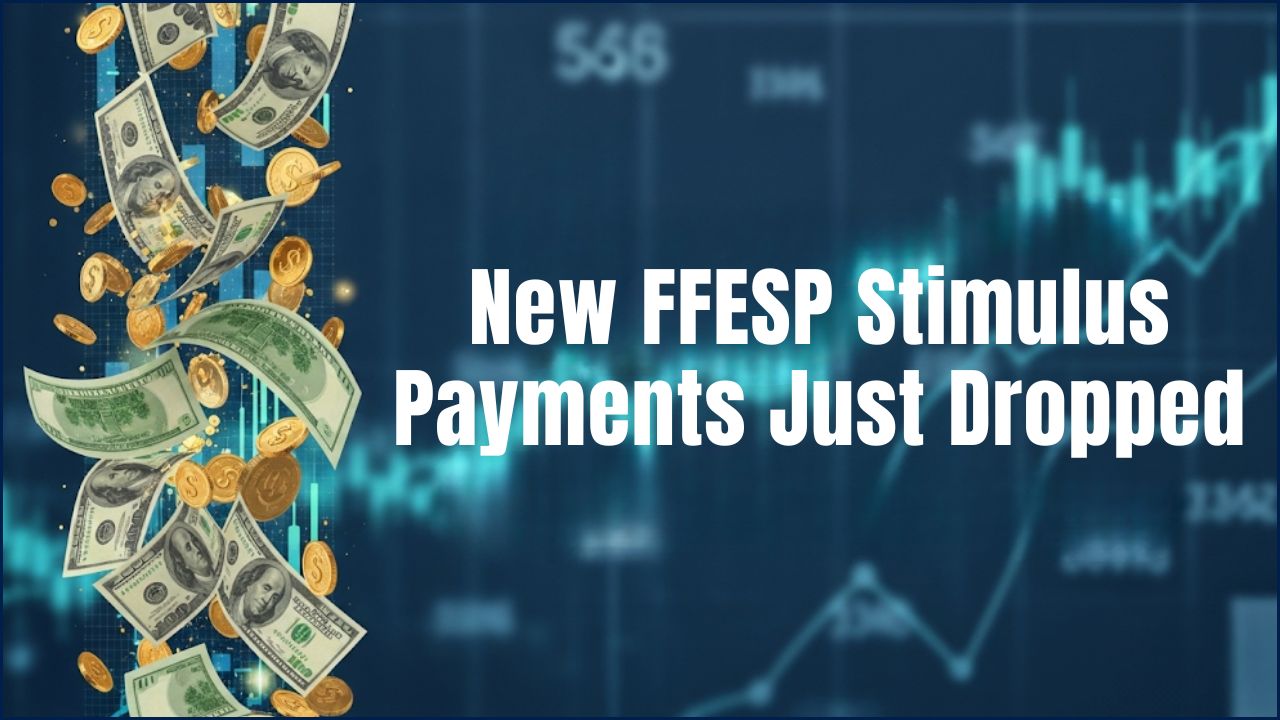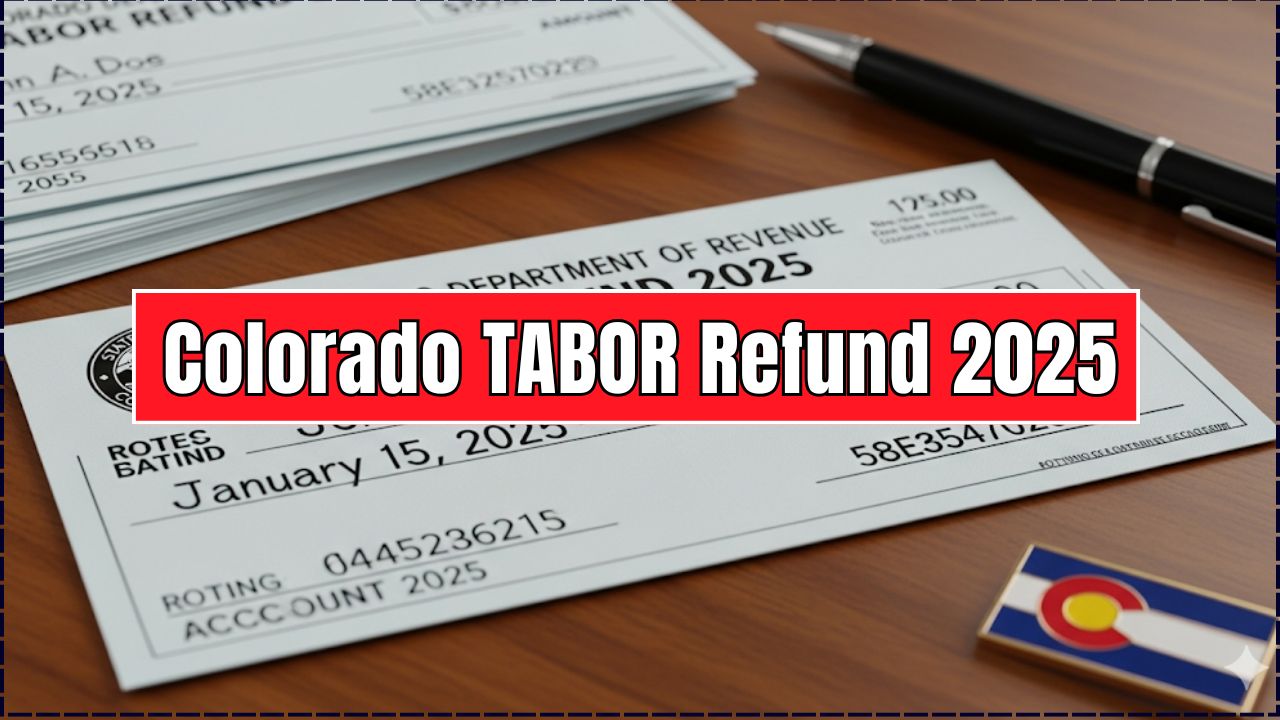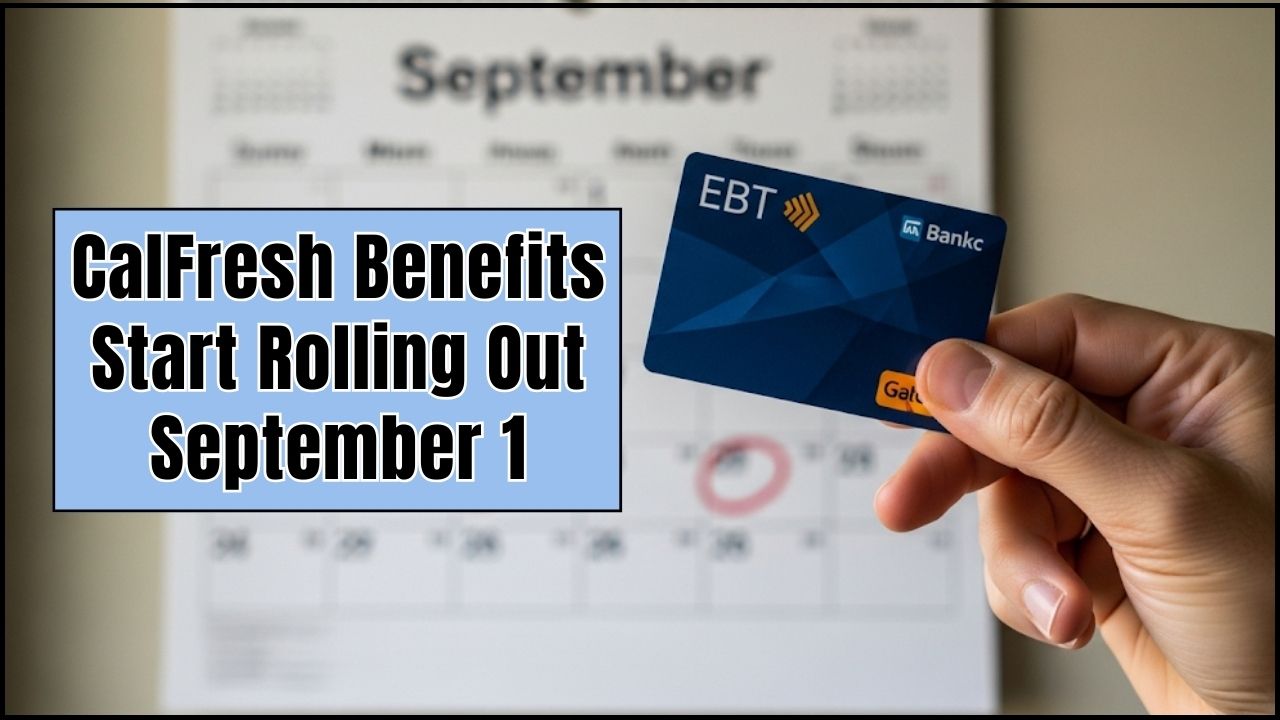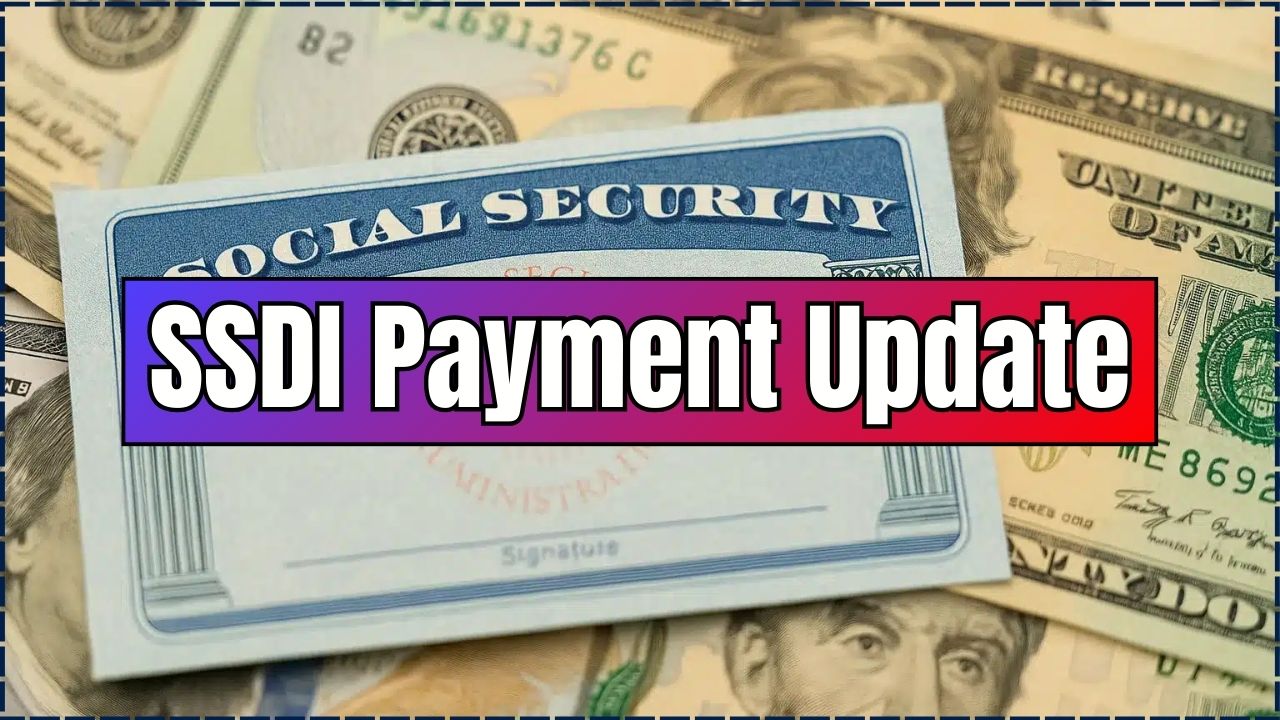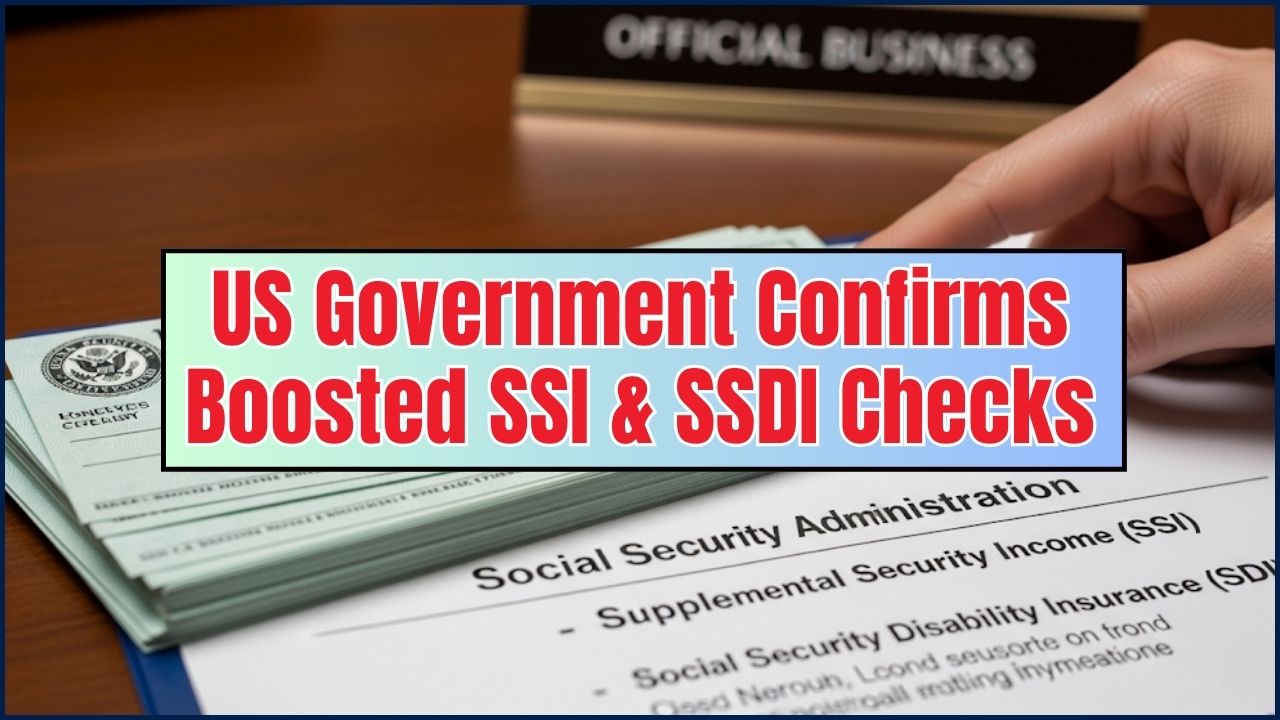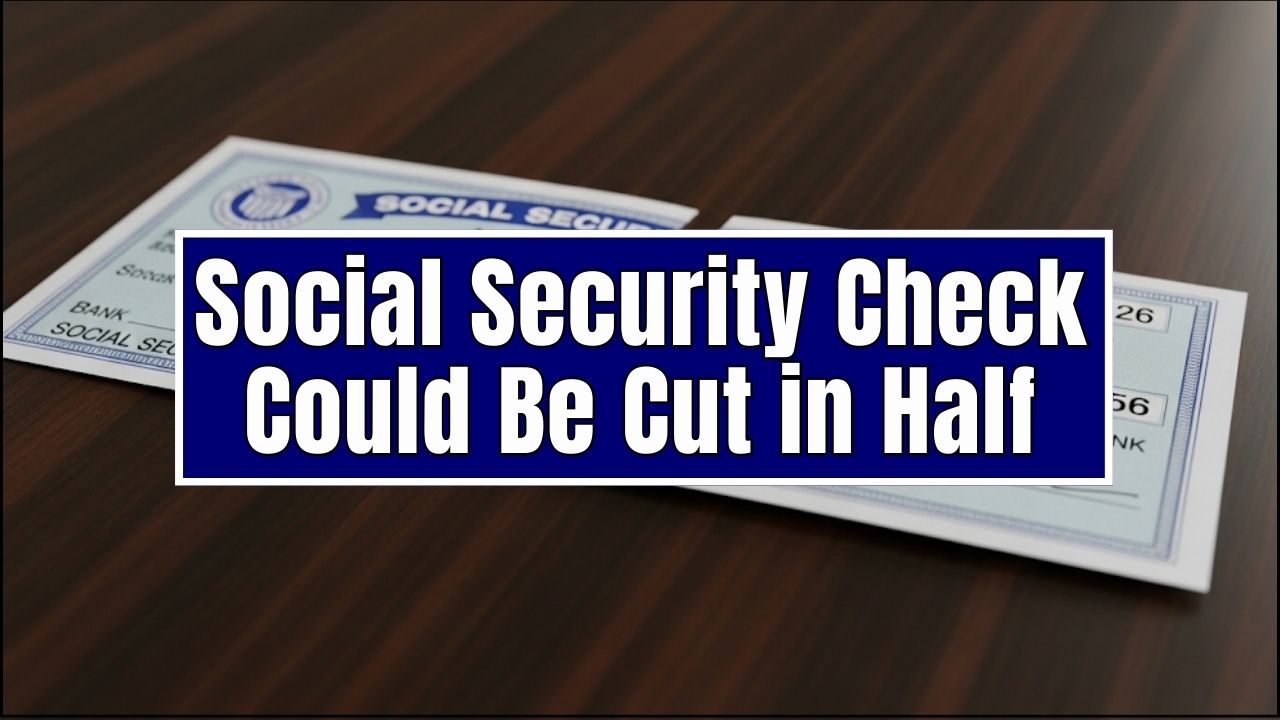The maximum SNAP benefits in 2025 are out—and if you or someone in your family relies on food assistance, this is must-know info. The U.S. Department of Agriculture (USDA) has updated the Supplemental Nutrition Assistance Program (SNAP) benefits to reflect Cost-of-Living Adjustments (COLA), helping low-income Americans keep food on the table in the face of inflation and rising grocery prices.
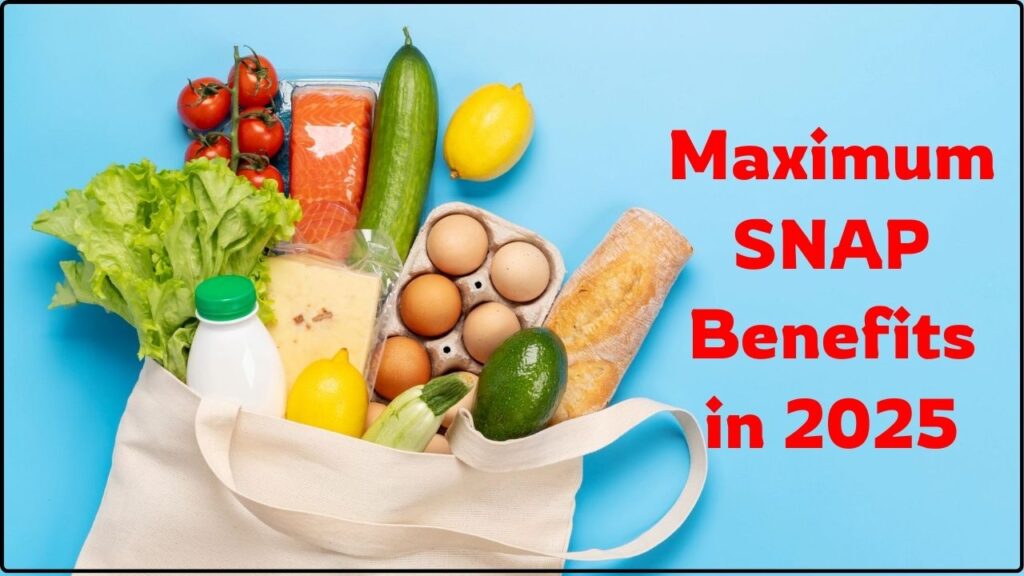
Whether you’re a single mom working overtime, a veteran navigating disability, or a retiree managing a fixed income, knowing what you’re entitled to can make all the difference. Let’s break it down in plain English, with real examples, official links, and advice from the field.
Maximum SNAP Benefits in 2025
| Topic | Details |
|---|---|
| Max SNAP (Contiguous U.S.) | $292 (1-person), $536 (2-person), $975 (4-person), $1,756 (8-person) |
| Higher Benefits? | Yes – Adjusted COLA as of Oct 1, 2024 |
| Regions with Higher Payouts | Alaska, Hawaii, Guam, U.S. Virgin Islands |
| Application Mode | Online, in person, or via state portals |
| Eligibility | Based on net income & household size |
| Pre-screen Tool | SNAP Eligibility Check Tool |
The 2025 SNAP maximum benefits reflect rising costs and modest increases—but knowing how to maximize your eligibility, track your deductions, and use your EBT card smartly is what truly empowers households. If you’re unsure about anything, reach out to your local office, or use the tools linked in this guide.
Remember: SNAP is a support system—not a stigma. Millions of hard-working Americans use it every month. Don’t leave money on the table.
What’s New in SNAP for 2025?
Here’s what’s changed this year:
- Slight bump in maximum benefits (1-4 person households increased by $1–$5)
- New COLA rates reflecting food cost inflation
- Higher thresholds for shelter deductions
- Updated income caps for eligibility
Key Updates and Future Dates for SNAP Benefits
- October 1, 2024: The start of the new Federal Fiscal Year (FY 2025). Maximum allotments, income eligibility standards, and certain deductions for SNAP benefits were adjusted to account for inflation.
- September 1, 2025: New work requirements for certain adult recipients go into effect. Many adults may need to show proof of working 20 hours a week to keep their benefits.
- October 1, 2025: Changes to immigration status requirements for certain non-U.S. citizens may go into effect, making some previously eligible groups ineligible.
- January 1, 2026: Some states may see a shift in funding responsibilities, potentially impacting administrative costs and local program availability.
SNAP Benefits: 2024 vs. 2025
| Household Size | Max. Monthly Allotment (2024) | Max. Monthly Allotment (2025) |
| 1 | $281 | $292 |
| 2 | $516 | $535 |
| 3 | $740 | $766 |
| 4 | $939 | $973 |
| Each additional member | +$211 | +$220 |
Note: These are maximums and may vary by state. The actual amount you receive is based on your household’s specific income and expenses.
Who Typically Qualifies for SNAP?
- Working families with low income (even if employed full-time!)
- Seniors living on Social Security or retirement
- People with disabilities
- Veterans
- Students (with certain exemptions)
- Single parents or caregivers
“I’m a disabled vet living in rural Texas. Without SNAP, I couldn’t afford fresh produce,” says James L., a recipient since 2021.
Sample Benefits Calculator Example
Let’s walk through a realistic example:
- Family of 3 in Ohio
- Gross income: $2,300/month
- Rent: $1,100/month
- Utilities: $150
- Childcare: $400/month
After applying standard deductions, they qualify for $768/month in SNAP benefits.
2025 Maximum SNAP Allotments by Household Size
| Household Size | Max Benefit (48 States & DC) |
|---|---|
| 1 | $292 |
| 2 | $536 |
| 3 | $768 |
| 4 | $975 |
| 5 | $1,158 |
| 6 | $1,390 |
| 7 | $1,536 |
| 8 | $1,756 |
| Add’l Person | +$220 |
Special Region SNAP Benefits
Alaska (Urban):
1-person = $377 | 4-person = $1,258
Hawaii:
1-person = $517 | 4-person = $1,723
Guam / U.S. Virgin Islands:
Up to 25% more than mainland rates
How to Apply (or Reapply) for SNAP
Step-by-Step:
- Check eligibility at BenefitsCheckUp
- Collect documents (ID, pay stubs, rent receipts)
- Apply online via your state’s portal or in person
- Complete interview (often via phone)
- Receive your EBT card
Tip: Reapply every 6-12 months. Don’t let your benefits lapse!
Myth-Busting SNAP Misconceptions
| Myth | Truth |
|---|---|
| Only unemployed people qualify | False – Working families make up over 40% of recipients |
| Benefits are the same everywhere | Nope – Region matters! |
| Students can’t get SNAP | Some can, depending on hours worked or dependents |
| SNAP covers all groceries | Not quite – It doesn’t cover hot food, alcohol, or vitamins |
Additional Support Beyond SNAP
Need more help? Here’s where to turn:
- WIC – Women, Infants, & Children
- Local food banks – Search via Feeding America
- 211 Helpline – Dial 2-1-1 for local resources
- Free school lunches – Check with your child’s district
Top 3 Mistakes to Avoid When Applying for SNAP
- Mistake #1: Not Gathering All Documents. Applications are often delayed or denied because of missing information. Make sure you have proof of identity, income, household expenses (like rent and utilities), and citizenship or immigration status for all household members.
- Mistake #2: Not Reporting Changes in Your Circumstances. If your income, household size, or living situation changes after you’re approved, you must report it. Failing to do so can lead to an overpayment and the need to pay back benefits.
- Mistake #3: Assuming You Don’t Qualify. Eligibility is based on a number of factors, not just income. Expenses like medical bills or childcare can be deductions that help you qualify. Don’t self-select out—it’s always best to apply and let your state’s agency determine your eligibility.
Real-World Case Study or Mini Example
Maria, a single mother of two, was worried about her family’s grocery budget. She was working part-time but found that her income was barely enough to cover rent and bills. After hearing about the updated SNAP benefits for 2025, she used an online eligibility tool and realized she might qualify. She gathered her pay stubs and expense receipts and submitted an application. A few weeks later, she was approved for a monthly benefit that, when combined with her income, allowed her to consistently put nutritious meals on the table for her children, easing her daily financial stress.
FAQs
1. Can I get SNAP if I have savings?
Maybe. In most cases, your assets must be under $2,750 (or $4,250 if someone is 60+ or disabled).
2. What’s the EBT card?
EBT stands for Electronic Benefits Transfer—it’s a debit card for your SNAP funds.
3. How fast will I get benefits after applying?
Usually within 30 days, or faster if it’s an emergency case.
4. Can I buy hot meals with SNAP?
In most states, no—except some with Restaurant Meal Programs like California.
